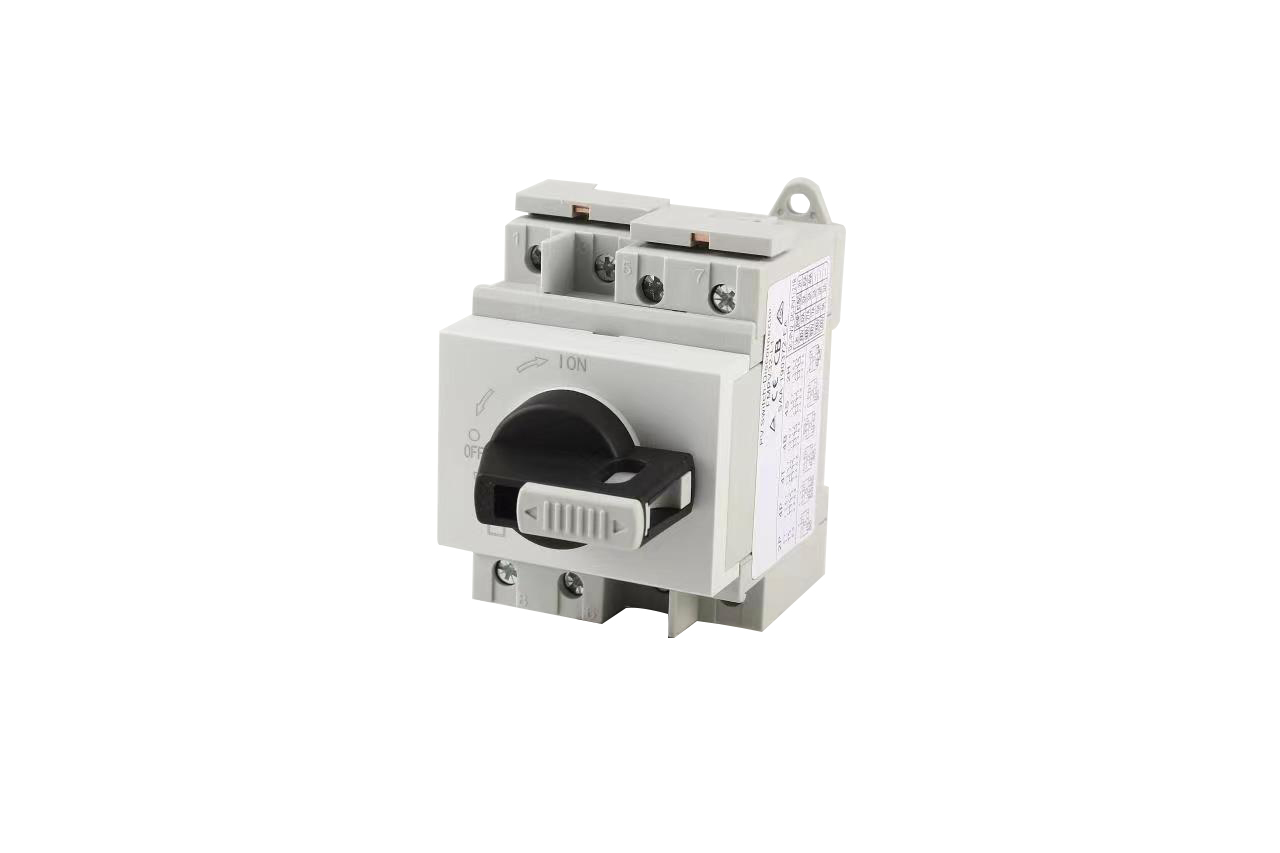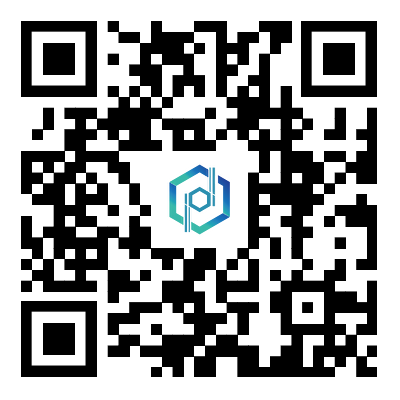Key features and functions of a DC isolator switch
2023-10-18
A DC isolator switch, also known as a DC disconnect switch or photovoltaic (PV) isolator, is an electrical switch designed to disconnect or isolate the direct current (DC) power supply from a solar panel array, solar inverter, or other DC electrical equipment. These switches are an integral part of photovoltaic solar power systems and serve multiple purposes, including safety, maintenance, and emergency shutdown.
Here are the key features and functions of a DC isolator switch:
1. Safety and Maintenance: DC isolator switches provide a means to safely disconnect a solar panel array or solar inverter from the DC power source. This is essential for maintenance, repair work, and ensuring the safety of personnel working on or near the solar installation.
2. Emergency Shutdown: In the event of an emergency or a need to quickly de-energize the system, the DC isolator switch can be used to cut off the power supply from the solar panels or inverters, reducing the risk of electrical hazards or fires.
3. Voltage Rating: DC isolator switches are designed to handle specific DC voltage ratings, typically ranging from 600V to 1500V, depending on the application and the voltage of the solar installation. It's important to choose an isolator switch with a voltage rating that matches the system's DC voltage.
4. Current Rating: Isolator switches come in various current ratings, typically measured in amperes (A). The chosen switch should have a current rating that exceeds the maximum current expected in the circuit.
5. Polarity: DC isolator switches are often designed for specific polarity configurations, such as positive or negative ground systems. It's crucial to select an isolator switch that matches the polarity of your DC electrical system.
6. Enclosure Type: Isolator switches are available in different enclosure types, including weatherproof and waterproof versions suitable for outdoor installations. Enclosures are designed to protect the switch from environmental factors like dust, moisture, and UV exposure.
7. Lockable Handle: Some isolator switches feature lockable handles to prevent unauthorized access or tampering, enhancing safety and security.
8. Arc Suppression: In some cases, DC isolator switches include arc suppression features to minimize the risk of electrical arcing when the switch is operated.
9. Compliance: Isolator switches used in solar installations should comply with relevant industry standards and regulations, such as IEC 60947-3 for low-voltage switches.
DC isolator switches are strategically placed within a solar power system. Typically, they are installed near the solar panels and at various points along the DC circuit to allow for isolation and shutdown as needed. Proper installation and labeling are critical to ensure that individuals working with the system can quickly and easily identify and operate the isolator switches.
The use of DC isolator switches is an important safety measure in photovoltaic solar installations, as they provide a means to isolate and de-energize the DC electrical components when necessary, reducing the risk of electrical accidents and facilitating safe maintenance procedures.



